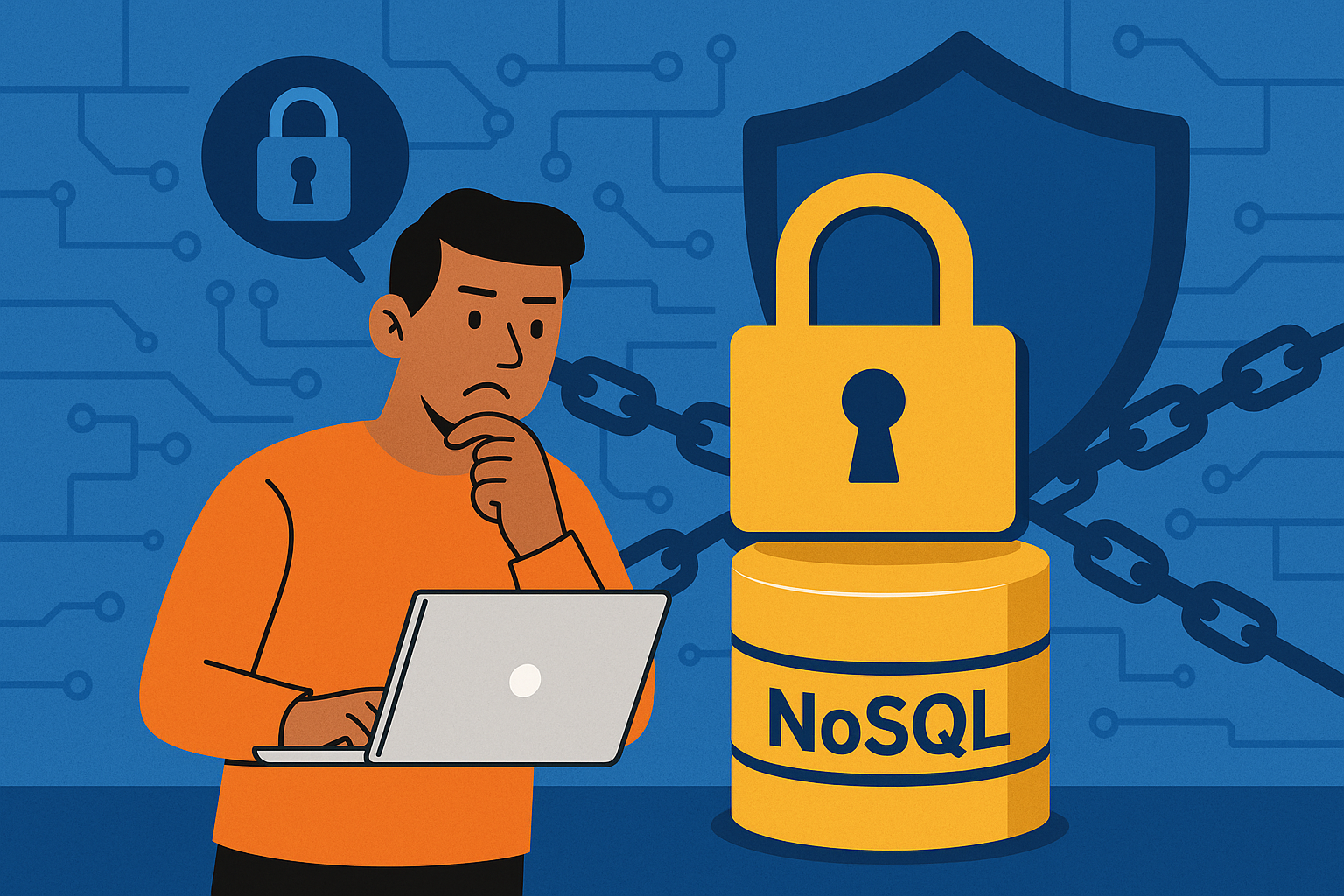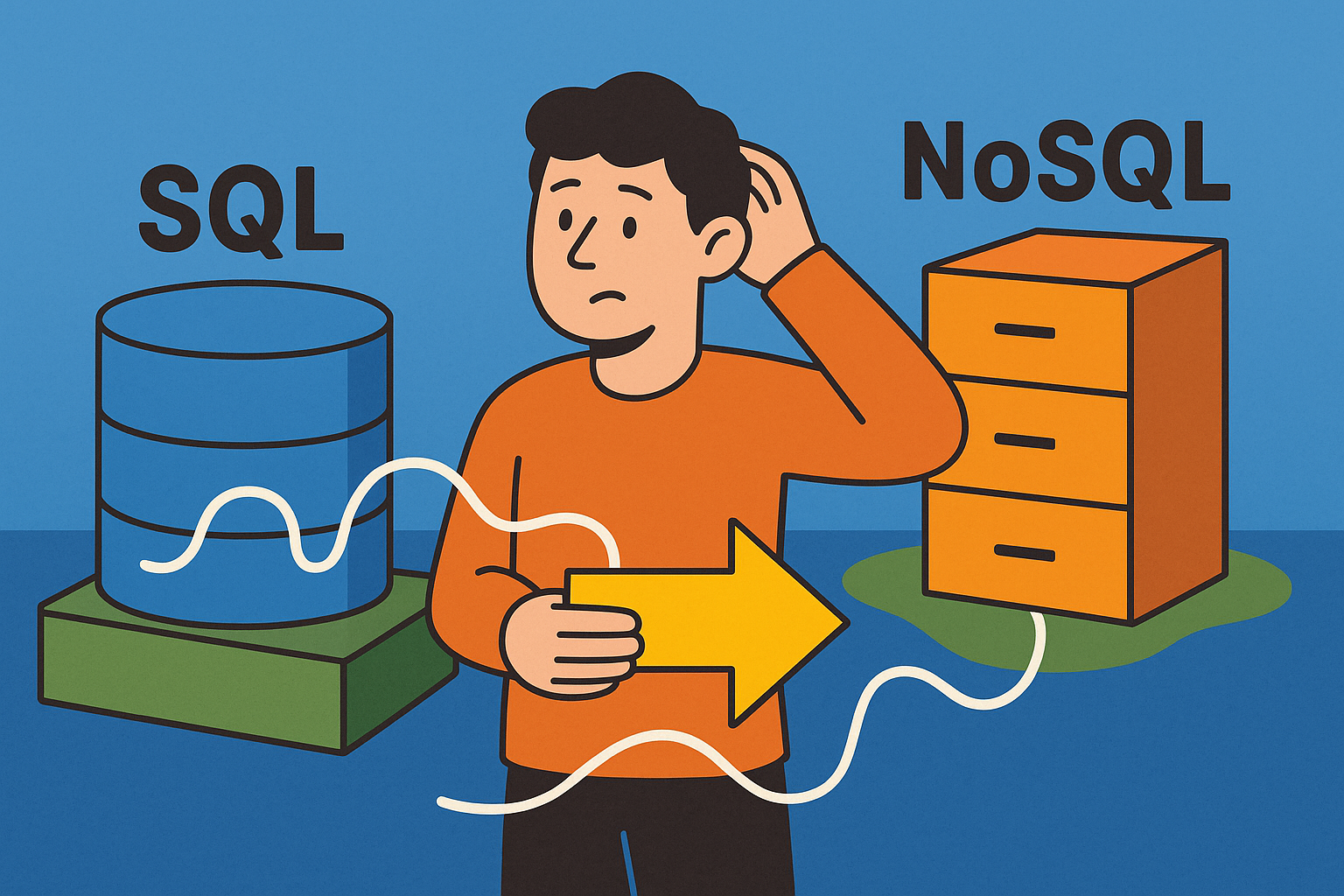In today's digital age, the demand for real-time analytics has skyrocketed across various industries—from eCommerce and healthcare to finance and supply chain management. The race to make data-driven decisions has led companies to look beyond the conventional SQL databases, which, although robust for transactional data, often fall short in the realm of real-time analytics. In this exploration, we delve into how NoSQL databases have proven to be instrumental in enabling real-time analytics, thereby catalyzing smarter business decisions.
The Increasing Demand for Real-time Analytics
The ascent of real-time analytics is more than just a trend—it's a necessity for competitive business operations. Whether it's predicting stock market changes or adjusting product recommendations for online shoppers, the value of making immediate decisions based on real-time data cannot be overstated. By the time traditional batch analytics provide insights, the golden opportunity for decision-making might have already slipped away.
The Limitations of SQL in Real-time Analytics
Traditional SQL databases are tailored for transactional applications with structured data. But when it comes to real-time analytics, especially with unstructured or semi-structured data, they often hit roadblocks. The relational model has its strengths but also brings along architectural bottlenecks and latency issues that become increasingly apparent in real-time scenarios. As Werner Vogels, CTO of Amazon.com, aptly puts it, "Traditional SQL databases are well-suited for transactional applications but are often less than ideal for real-time analytics."
What is NoSQL and How is it Different?
NoSQL, or "Not Only SQL," is more than just a trendy acronym. It signifies a transformative approach to database management systems that veer away from the limitations inherent to traditional SQL databases. While SQL databases have been the industry standard for many years, particularly for transactional data storage and retrieval, their design inherently makes them less suited for modern applications that require speed, agility, and versatility—requirements that are central to real-time analytics.
Variety of Data Models
NoSQL databases offer a variety of data models like Document, Key-Value, Wide-Column, and Graph databases. Each data model has its set of use-cases and advantages, making NoSQL a more flexible solution when dealing with diverse data requirements. For example, Document databases like MongoDB are a natural fit for JSON data, whereas Graph databases like Neo4j excel in managing relational data points like social connections or network topologies. This flexibility is especially crucial for real-time analytics, where the variety of data can range from structured tables to semi-structured JSON documents and even unstructured text or media.
Elasticity in Architecture
At the heart of NoSQL's differing approach is its architecture. Traditional SQL databases often follow a monolithic structure, built for vertical scaling. This means that when more power is required, hardware resources on the existing server are increased. While vertical scaling has its merits, it's often expensive and has a point of saturation. NoSQL databases, on the other hand, are designed with a distributed architecture, enabling them to scale horizontally. You can add more servers to the existing pool, spreading the load and creating an elastic environment that can adapt to real-time data demands.
Schema Flexibility
The rigid schema of SQL databases is one of their most distinguishing characteristics. Changing this schema can be a cumbersome and sometimes disruptive process. In stark contrast, most NoSQL databases are schema-less. This lack of a fixed schema means that you can insert data without first defining its structure, allowing for more flexibility, quicker data ingestion, and the ability to evolve your data model as requirements change. This feature has profound implications for real-time analytics, where the types and structures of data can be extremely fluid.
Consistency Models
SQL databases usually adhere to strict ACID (Atomicity, Consistency, Isolation, Durability) properties, ensuring that all database transactions are processed reliably. However, this comes at the cost of performance. NoSQL databases, while may offer ACID compliance, often provide tunable consistency, allowing for a trade-off between performance and consistency depending on the use-case. This is particularly beneficial in real-time analytics scenarios where high throughput is required, and some degree of eventual consistency is acceptable.
Query Language and Capability
SQL databases employ SQL (Structured Query Language) for defining and manipulating data. SQL is powerful but can be limiting when dealing with unstructured or semi-structured data. NoSQL databases often offer more straightforward query languages and a wide array of APIs for data operations, optimized for their particular data model. While not as universally understood as SQL, these alternative query mechanisms offer the flexibility needed for complex real-time analytics tasks.
In summary, the differences between NoSQL and SQL databases are not merely incremental improvements or additional features; they represent a fundamental shift in approach. From the variety of data models and architectural elasticity to schema flexibility, NoSQL databases are built for modern applications requiring speed, agility, and scalability, qualities that are indispensable in the world of real-time analytics.
NoSQL's Scalability Advantage
Scalability, often termed as the ability of a system to handle increased load gracefully, isn't merely an add-on in today's data-rich landscape—it's a necessity. Traditional SQL databases usually employ a vertical scaling approach, meaning you augment capacity by increasing CPU, RAM, or SSD on a single server. This mechanism has its limitations, notably, there's an upper bound to how much you can upgrade a single server. Herein lies the dilemma: as your real-time analytics demands grow, a vertical scaling model often reaches its limits, becoming expensive and challenging to manage.
NoSQL databases, however, take a different approach, embracing horizontal scaling. This means that instead of adding more power to an individual server, you add more servers. By distributing data across multiple machines, NoSQL databases sidestep the bottlenecks associated with vertical scaling. It's akin to employing a fleet of delivery vans instead of relying on a single truck—each van may carry less, but the fleet can cover more ground and be flexibly expanded or contracted.
The notion of "sharding," or partitioning data across multiple servers, is pivotal in NoSQL databases like MongoDB. Sharding enables databases to store larger datasets and handle more requests by adding more machines to the existing cluster. This feature is particularly vital for real-time analytics, where high throughput and low latency are crucial for tasks such as fraud detection, real-time recommendation engines, and predictive maintenance.
The distributed architecture also aids in fault tolerance and high availability. If one node in the network fails, the system can reroute tasks to operational nodes, ensuring that real-time analytics processes are uninterrupted. This is particularly crucial for industries like finance and healthcare, where data accuracy and availability are non-negotiable.
Besides, NoSQL databases often support auto-sharding, meaning they automatically distribute data across multiple servers without requiring manual interventions. This autonomous operation is a game-changer for maintaining performance levels during peak loads, particularly in real-time analytics where data influx can be unpredictable.
Another aspect worth noting is that the distributed nature of NoSQL databases also facilitates parallel processing, a cornerstone in Big Data operations. Parallel processing allows for the execution of multiple queries simultaneously, significantly reducing the time required to obtain insights from massive datasets. Martin Fowler explains, "The scalability that NoSQL offers is ideal for projects where fast data growth is expected."
To provide a practical perspective, let's consider the case of real-time analytics in social media. Platforms like Twitter or Facebook generate an enormous amount of data every second. SQL databases, despite their prowess in ACID (Atomicity, Consistency, Isolation, Durability) transactions, would struggle to offer real-time analytics at this scale. NoSQL databases, however, are designed to handle such high-throughput, low-latency scenarios efficiently.
In summary, the scalability advantage of NoSQL is not a mere upgrade but rather a paradigm shift in how databases can sustain the ever-growing demands of real-time analytics. By enabling horizontal scaling, offering fault tolerance, and facilitating auto-sharding and parallel processing, NoSQL databases stand as a resilient backbone for analytics platforms. This scalability isn't just about accommodating more data; it's about providing agile, reliable, and timely insights that empower organizations to make data-driven decisions in real-time.
Real-Time Data Processing
The agile architecture of NoSQL databases makes them well-suited for real-time data processing. Features like caching, partitioning, and data replication are often natively supported, allowing for quick read and write operations. Unlike traditional SQL databases, where transactions are processed in a more rigid, structured manner, NoSQL databases are designed to handle data in a fluid way, making them perfect for real-time analytics applications where speed and scalability are paramount.
Handling Unstructured Data
The universe of real-time analytics is not confined to structured data. In fact, it thrives on the diversity of data types and sources. Whether it's sensor data from IoT devices, social media chatter, or user clickstreams, unstructured or semi-structured data forms the crux of real-time insights. NoSQL databases are inherently built to manage this diversity effectively. Their schema-less architecture means that you can insert data without first defining its structure, allowing for more flexibility, quicker data ingestion, and ultimately, real-time analytics.
Use Cases: NoSQL in Real-Time Analytics
A theoretical discussion is incomplete without practical touchstones. Amazon DynamoDB, a NoSQL service, powers Amazon's shopping cart, an application where latency can directly affect revenue. Startups in the SaaS space have also leaned heavily into NoSQL databases like MongoDB and Cassandra for real-time analytics features, ranging from user behavior tracking to personalized recommendations. The databases' ability to handle large volumes of rapidly changing data makes them an ideal choice in these scenarios.
The Trade-offs
It's crucial to mention that while NoSQL databases shine in real-time analytics, they are not without their challenges. One key issue is eventual consistency, where a trade-off is made between performance and consistency. This means that there could be brief periods when not all replicas of the data have the latest update. Additionally, for those steeped in SQL, the shift to NoSQL may involve a learning curve, especially when it comes to managing and querying the databases.
NoSQL's Pivotal Role in Real-Time Analytics
NoSQL databases have significantly impacted the landscape of real-time analytics. Their scalability, flexible data models, and adeptness at handling a wide variety of data types make them a go-to choice for businesses looking to extract real-time insights. While they may not replace SQL databases entirely—especially in applications where transactional integrity and complex queries are critical—they have undeniably carved a substantial niche for themselves in the sphere of real-time analytics.
As organizations strive to make more informed, timely decisions, the role of NoSQL databases in powering real-time analytics will only become more pivotal. The combination of speed, scalability, and flexibility that these databases offer positions them as formidable tools in the ongoing quest for real-time business intelligence.
 is now
is now


